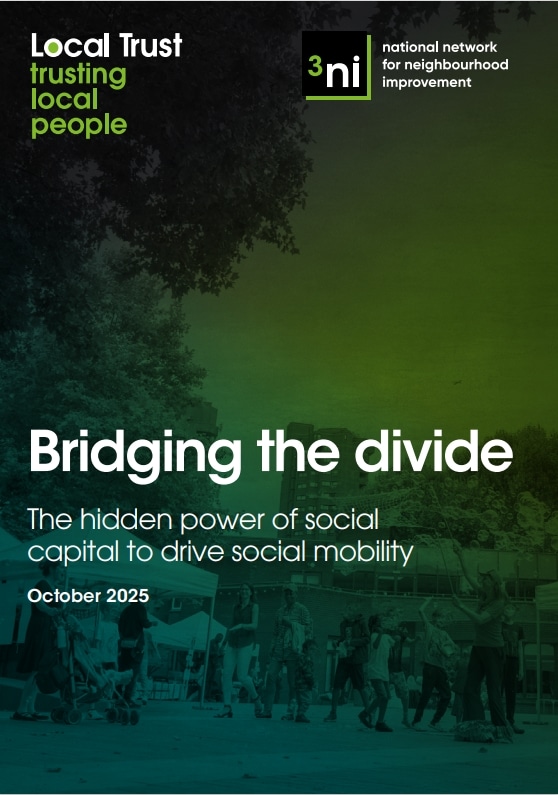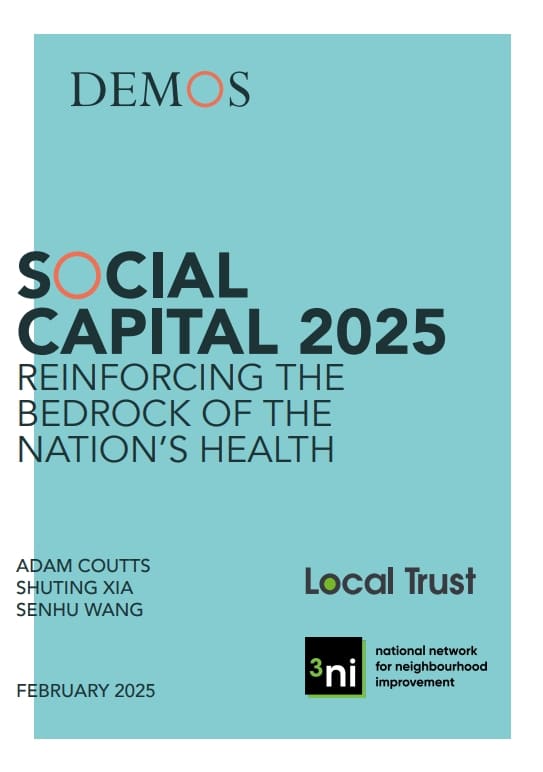Bridging the divide: the hidden power of social capital to drive social mobility
This paper examines the relationship between social capital and social mobility through the lens of place, and considers the implications for policy and practice.

Social mobility – the ability of people to improve their social and economic circumstances – has long been recognised as a marker of a fair and well-functioning society.
Social capital and social mobility are closely connected. The quality and diversity of a person’s relationships can have a powerful influence on their chances to get ahead. When people and communities are well connected across different social groups, they are more likely to access new opportunities and resources. Conversely, where social networks are limited or fragmented, it can be much harder for individuals to overcome disadvantage and move forward.
Historically, policymakers’ approaches to improving social mobility have often focused on national policies rather than local transformation. While these efforts matter, they have not been sufficient to address persistent inequalities.
Bridging the divide: the hidden power of social capital to drive social mobility, released with 3ni, recommends adopting a neighbourhood-level approach to social mobility that prioritises investment in disadvantaged areas. By strengthening local economies and expanding opportunities within disadvantaged communities, we uplift the entire community and improve social mobility among residents, not just the lucky few.
Explore our series of papers with Demos and 3ni that explore how strong social capital can improve social and economic outcomes at the neighbourhood level.



